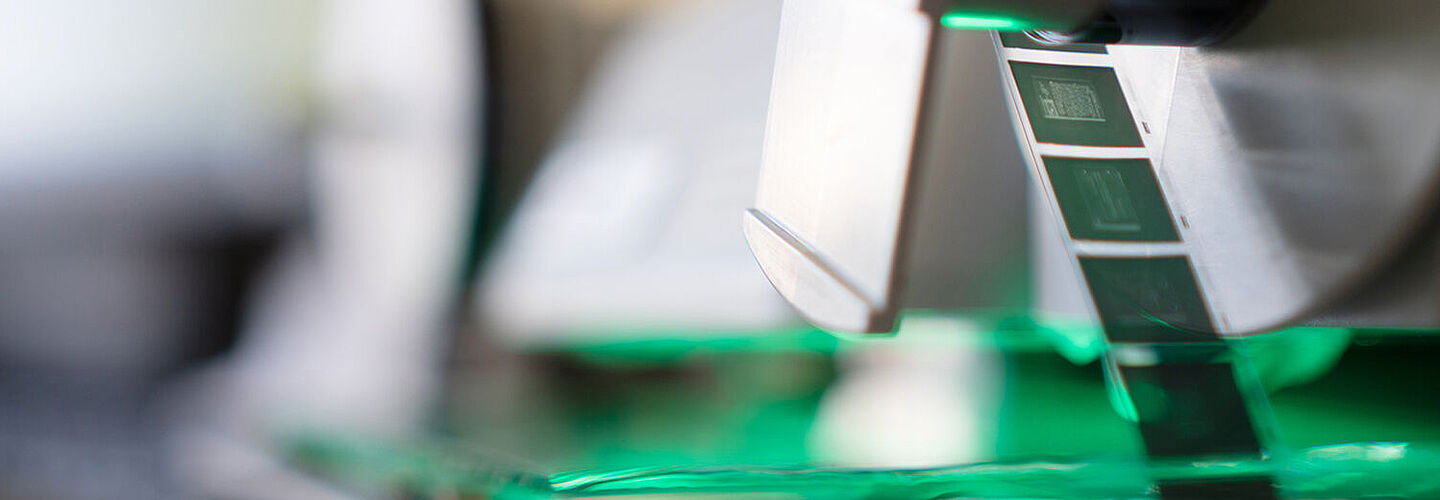Documents and Records
In the realm of paper documents, the Stasi Records Archive pursues two digitisation strategies: Since 2014, documents have been digitised as part of request processing. The idea of digitisation for use makes it easier for users to work with digital documents. To this end, the documents are comprehensively prepared for scanning and then digitised using feed-in scanners, flatbed scanners or book scanners that are gentle on the inventory and made available for internal transfers via a digital file distribution point.
For the ‘digitisation of documents’ work area, employees must be familiar both with aspects of conservation and technical requirements. A particular challenge is posed by the often-fragile paper, and by the different data carriers such as photo positives, photo negatives, varying paper qualities with varying writing techniques or copies made using different duplication processes. They require a close exchange of information with the conservation and restoration departments.
Documents that have already been digitised are stored in an archive-appropriate storage system according to parameters that have been agreed upon with the partner archives. These documents are available for further retrieval.
In addition to digitisation for use, systematic digitisation is planned as part of the preservation process. To this end, the Stasi Records Archive is consulting closely with the network archives (Federal Archives, Political Archives of the Federal Foreign Office, Parliamentary Archives, Federal Council Archives) with a view to concluding a joint framework agreement to minimise costs.
Historically valuable holdings have already been prioritised with experts from the cataloguing departments. These documents have been assessed for digitisation with regard to preparatory work. Coordination is currently underway to determine which quantities can be digitised in which capacities for this project.
Total number of documents digitized: approx. 4.95 million pages
(as of March 2021)







